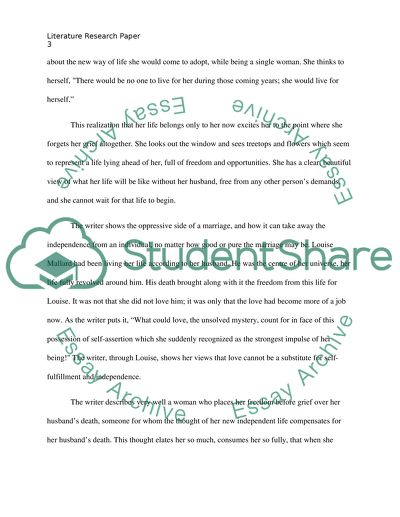Cite this document
(“Leiterature research about The Story of an Hour Paper”, n.d.)
Retrieved from https://studentshare.org/literature/1608787-leiterature-research-about-the-story-of-an-hour
Retrieved from https://studentshare.org/literature/1608787-leiterature-research-about-the-story-of-an-hour
(Leiterature Research about The Story of an Hour Paper)
https://studentshare.org/literature/1608787-leiterature-research-about-the-story-of-an-hour.
https://studentshare.org/literature/1608787-leiterature-research-about-the-story-of-an-hour.
“Leiterature Research about The Story of an Hour Paper”, n.d. https://studentshare.org/literature/1608787-leiterature-research-about-the-story-of-an-hour.


